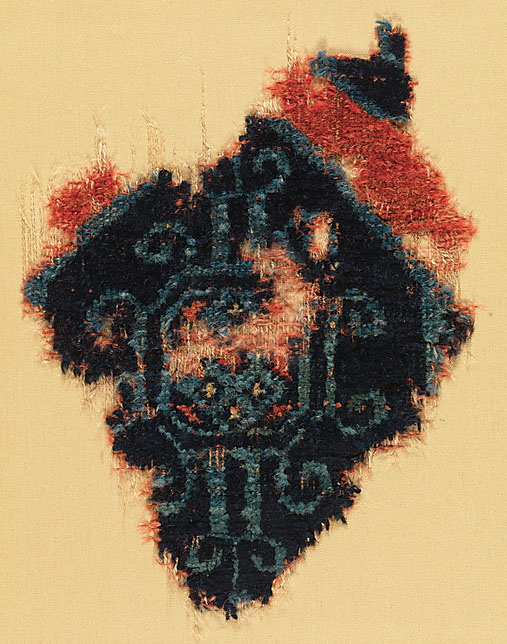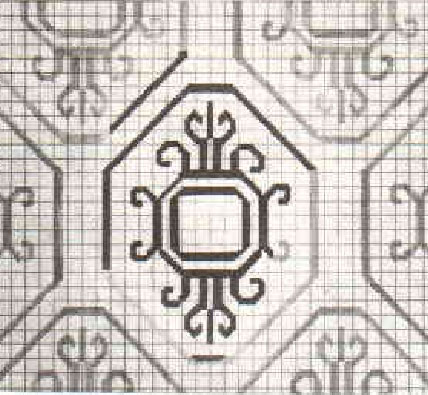|
Seljuk rug fragment, 13th
century, Konya?, Turkey. The Metropolitan Museum of
Art, New York. Private collection (until 1974). Found in Fustat
Object Name:
Fragment Date: 13th–early 14th century
Geography: Turkey
Culture: Islamic
Medium: Wool (warp, weft and pile); symmetrically knotted pile
Dimensions: Mount: H. 12 in. (30.5 cm) W. 9 1/4 in. (23.5 cm) D. 1 7/8 in.
(2.5 cm)
Credit Line: Anonymous Gift, 1974 Accession Number: 1974.227
This fragment, one of the oldest surviving
examples of Turkish carpet weaving, is related to a group of early carpets
found in mosques of Central Anatolia. Originally, the pattern consisted of
rows of dark blue hexagons, one of which is still partially visible here.
|


